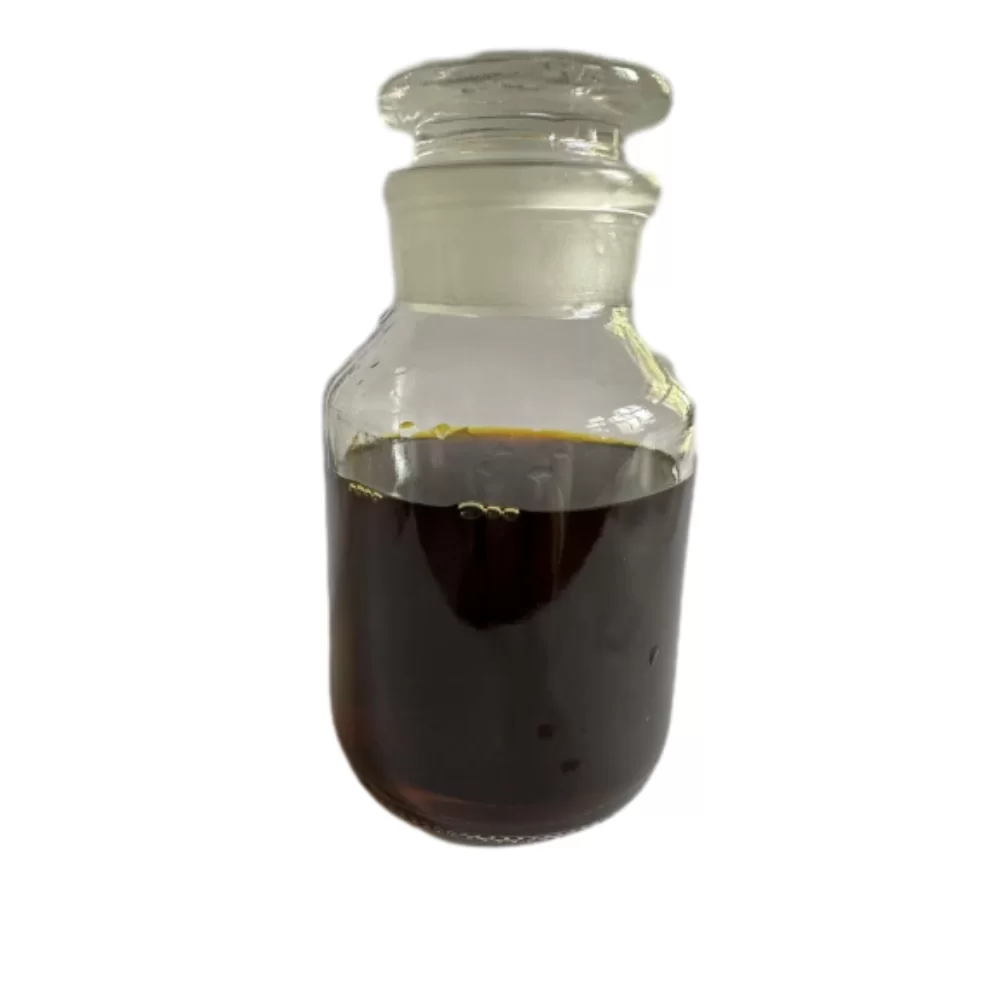Choosing Modern Reducing Agents for Denim and Beyond
If you’ve ever puzzled over the real-world impact of types of reducing agent in dyeing lines, you’re not alone. The industry chatter is loud: lower sulfites, cleaner effluent, steadier ORP, fewer re-dyes. Our field notes from denim mills suggest the shift is on—from dusty powders to stable liquid reducers that behave well in automated kitchens. And yes, I’ve seen lines run calmer when the reducer doesn’t spike pH or foam like crazy.
Quick map of the landscape: classic sodium dithionite (workhorse but emission-heavy), thiourea dioxide (strong, pricey), glucose/enzymatic reducers (greener, slower), ascorbate blends (gentler on shades), and new composite liquids such as the Liquid Anti-oxygen Agent for Textile Denim Dyeing from Han Village, Zhao County, Shijiazhuang, Hebei, China. It seems that practical mills are mixing tradition with innovation—keeping control of redox without wrecking wastewater numbers.

Product snapshot: Liquid Anti-oxygen Agent for Textile Denim Dyeing
Purpose-built for fabric and yarn coloration, especially indigo/sulfur denim, and surprisingly competent in paper and industrial black coloration. Honestly, the low-odor factor alone wins line-operator fans.
| Appearance | Clear to slightly hazy liquid | No dusting |
| pH (1% sol.) | ≈ 6.5–7.5 | Neutral handling |
| Active content | ≈ 30–40% | Real-world use may vary |
| ORP drop | -300 to -380 mV @1 g/L, 3–5 min | Indigo reduction window |
| Dosage | 0.5–3.0 g/L (pad/rope) | Optimize via ORP probe |
| Shelf life | 12 months sealed | Cool, ventilated store |
Process flow (denim, indicative)
- Materials: Indigo/sulfur dyes, caustic/soda ash, wetting agent, reducer (this product), anti-foam as needed.
- Methods: Pre-wet → Alkali set → Reducer feed to target ORP -550 to -650 mV (indigo bath) → Dye dips → Oxidation → Soaping → Rinse.
- Testing: ORP meter (continuous), ISO 105-C06 wash fastness; ISO 105-X12 rubbing; AATCC 8; shade via spectro (K/S).
- Service life: Chemical shelf life ≈ 12 months; bath stability 8–24 h depending on contamination.
- Industries: Denim mills, piece dyeing houses, yarn dyeing, paper coloration lines.
Real test data (pilot)
At 1.2 g/L, ORP stabilized at -620 mV in 4 minutes; K/S +6.3% vs baseline hydrosulfite at equal shade; wet rub improved from 2–3 to 3–4 (ISO 105-X12). COD rise was modest (≈ +3%), and odor was notably lower. To be honest, operators reported “less re-top-up drama.”
Vendor comparison (snapshot)
| Vendor | Origin | Active % | ORP drop | ZDHC/OEKO | Cost Index | Lead Time |
| Liquid Anti-oxygen Agent | Han Village, Zhao County, Hebei | 30–40% | High | Conformant (self-declared) | $ | ≈ 7–14 days |
| Supplier A (EU) Liquid Reducer | EU | 25–35% | Medium | ZDHC MRSL v3.x | $$$ | ≈ 3–4 weeks |
| Supplier B Hydrosulfite (powder) | APAC | 85–90% | Very High | Restrictions apply | $ | ≈ 5–10 days |
How it compares across types of reducing agent
Versus hydrosulfite it’s cleaner and steadier; versus thiourea dioxide it’s gentler on shades and cost-friendlier; versus glucose reducers it’s faster to reach target ORP. Many customers say the balance is “strong enough but not spiky.”
Customization, compliance, and feedback
- Customization: activity tuning, anti-foam blend, low-foam variant for rope dyeing, winterized version.
- Certifications: Designed to align with ZDHC MRSL; supports OEKO-TEX and REACH screening; ISO 9001 manufacturing.
- Customer notes: Better shade reproducibility (ΔE00 often
Case study (sulfur black, knit fabric)
Line swapped from hydrosulfite to this liquid reducer at 0.8 g/L. Shade gain was +4% K/S, wash fastness held at 4–5, and total reducer consumption fell ≈ 18%. Effluent sulfite detections dropped below internal trigger limits. Not perfect, but a practical win.
Standards and references
- ISO 105 series – Textiles — Tests for colour fastness (C06, X12).
- ZDHC MRSL v3.x — Zero Discharge of Hazardous Chemicals Programme.
- AATCC Test Methods 8 and 61 — Colorfastness procedures.
- Society of Dyers and Colourists. Colour Chemistry and Dyeing practice notes.
Our team comprises seasoned manufacturing experts and international business professionals.dye auxiliaries Core team members possess 15-20 years of industry experience,textile auxiliary manufacturer with deep understanding of every production detail and sharp market insights.textile auxiliary agent Our professional teams include:R&D Team: Continuous innovation, leading industry development Production Management Team: Pursuing excellence,auxiliaries chemicals ensuring stable quality Quality Control Team: Strict supervision with zero-tolerance attitude International Business Team: Professional service with seamless communication.textile auxiliaries chemicals